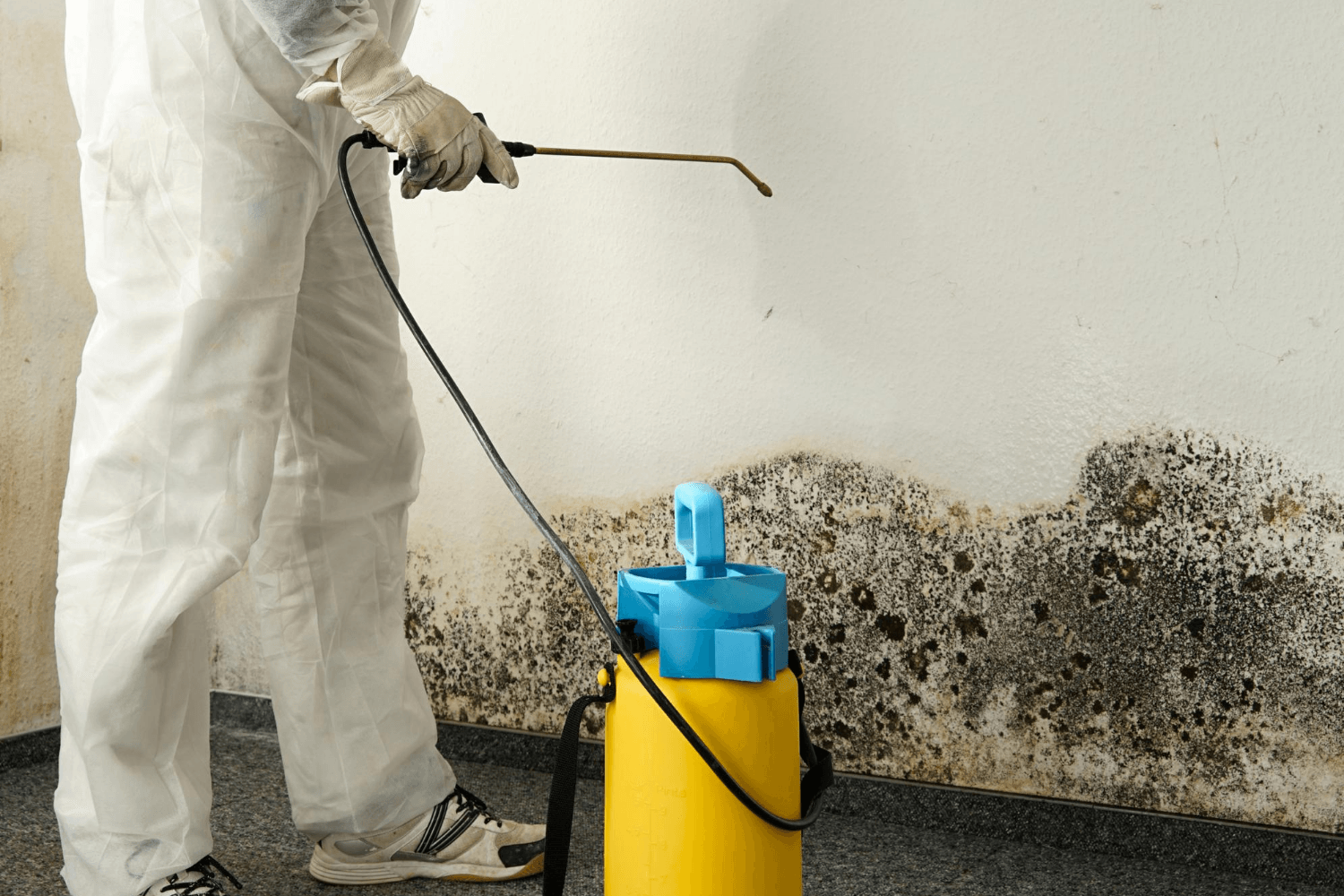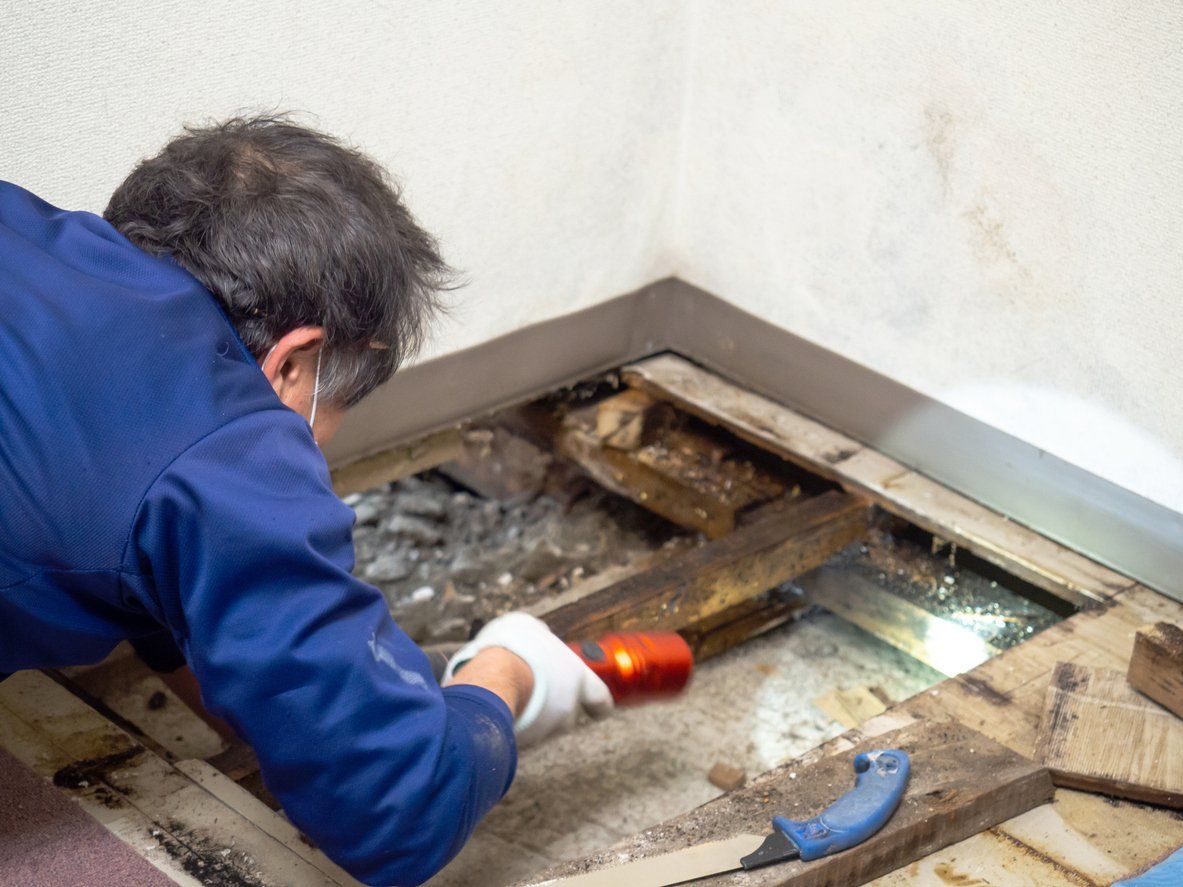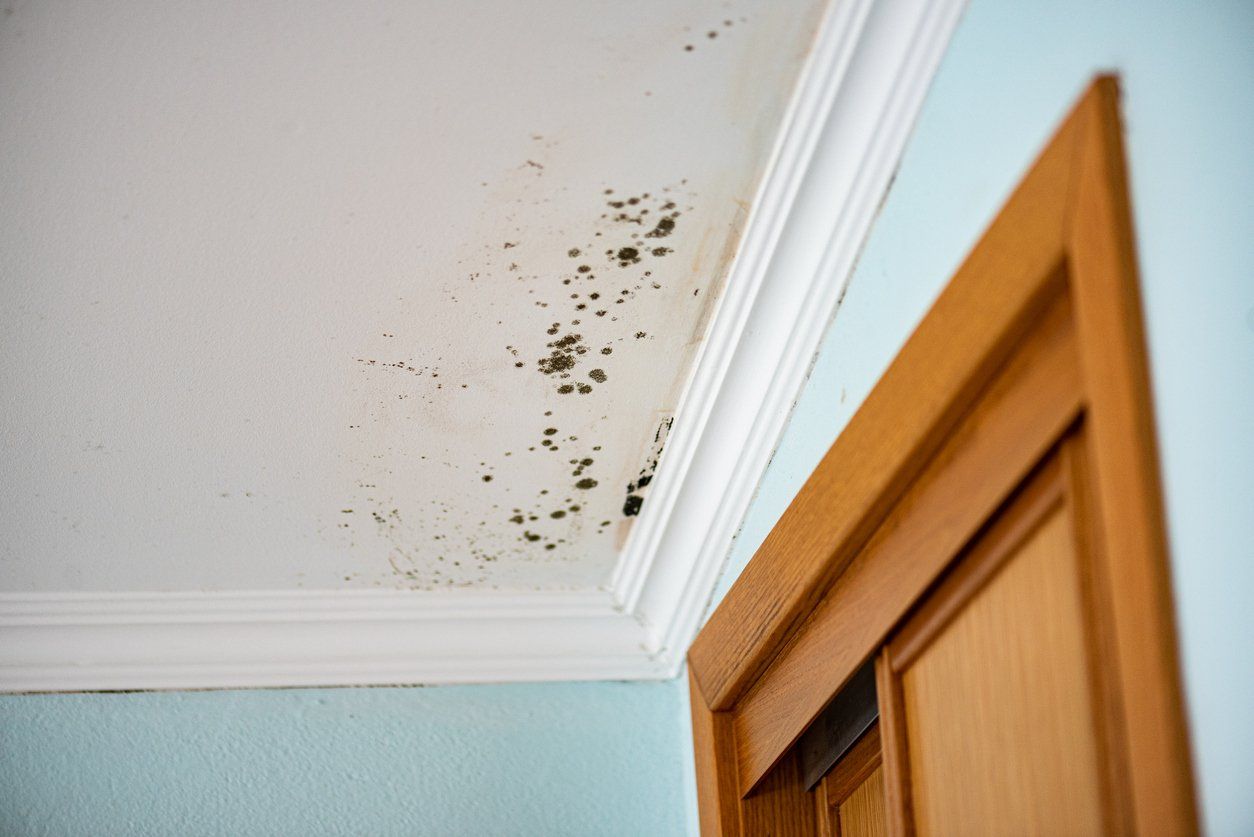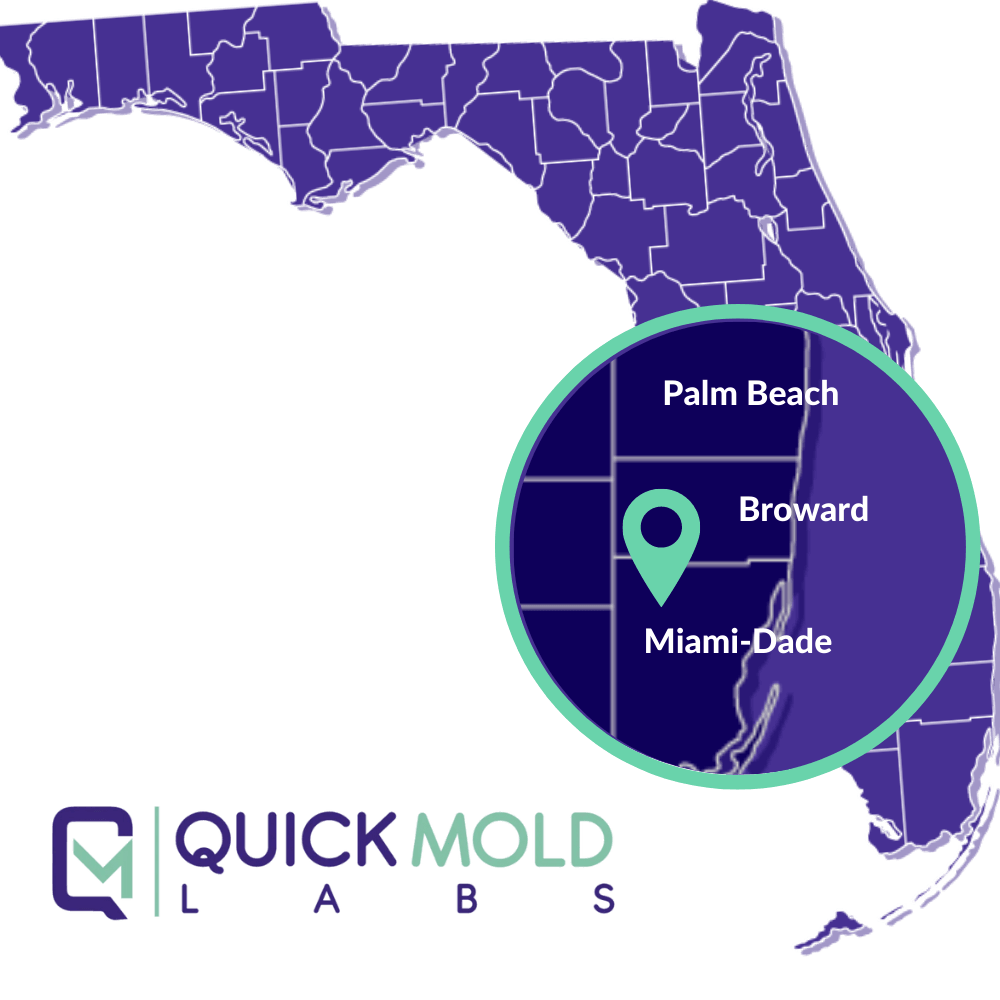5 Star Rating ★ ★ ★ ★ ★
9 Tips to Prevent Mold
Mold grows in areas that are dark, damp, and have poor ventilation. Mold growth can spread quickly if you do not clean it off or remove it right away. Mold inspection services are used to detect the mold species present in your residential or commercial building. Mold is a common problem in homes, schools, factories, office buildings, hospitals, theaters, and many other places. Mold inspection will help you to determine the type of mold present in your property. A reliable
mold inspection company like Quick Mold Labs can identify hidden mold problems before they get out of control.
Why Mold is a Problem?
Mold spores are quickly disseminated and cannot be totally eliminated. Prevent mold from growing on everything, including carpet, clothing, food, and paper, as well as in places you can't see, such as the backside of drywall, regions within walls surrounding leaky or condensing pipes, and above ceiling tiles.
Mold is not only difficult and expensive to remove, but it may also generate allergies, irritants that can be harmful to your health. So, what can you do if you're worried about mold in your house? The best method is to prevent mold before it becomes an issue. The key to prevent mold is simple: moisture control.
Here are several methods for reducing moisture inside and to prevent mold growth.
- Recognize and Address Potential Issues in Your Home: You won't be able to mold-proof your home, but you can prevent mold from growing. Conduct a house assessment to identify trouble areas. Is the basement flooded? Do you see a lot of moisture on an upstairs window? Is there a stain on the ceiling caused by a continuous leak? It may be as easy as pulling out carpet in a damp basement, installing mold-resistant goods, or fixing broken gutters to prevent mold from developing or spreading. It might also be a case of extensive excavation and waterproofing. In any event, deal with the issue right now. It may cost some money up front, but it will undoubtedly cost more money in the long run if mold is allowed to develop unchecked.
- Dry Wet Areas Right Away To Prevent Mold Growth: Mold cannot develop in the absence of moisture, therefore deal with wet areas as soon as possible to prevent mold growth. Seepage into the basement during heavy rain, buildup from a leaking pipe, and even a spill on the carpet should be dried within 24 to 48 hours. If your home has been flooded, remove any water-damaged carpeting, bedding, or furniture that cannot be thoroughly dry. Even minor incidents require attention: don't leave damp objects lying about the house, and after a shower, be sure to dry the floor and walls. Wet garments should not be washed in the washing machine, where mold can quickly grow. Hang them to dry, ideally outside or in well ventilated locations.
- Prevent Mold With Proper Ventilation: It's possible that your daily domestic chores are promoting mold development in your house. To prevent mold growth, make sure that even ordinary activities like preparing supper, having a shower, or doing a load of laundry don't attract mold by ensuring adequate ventilation in your bathroom, kitchen, laundry room, and any other high moisture location. Appliances that create moisture, such as laundry dryers and stoves, should be vented to the outside. Use air conditioners and dehumidifiers, but make sure they don't create moisture by inspecting them on a regular basis and cleaning them as suggested by the manufacturer. Your energy efficient house may be retaining moisture, open a window when cooking, washing dishes, or bathing, or use an exhaust fan.
- Prevent Mold in Your Home Using Mold Resistant Products: Are you building a new house or remodeling an old one? Mold resistant materials, such as drywall, Sheetrock, and mold inhibitors for paints, should be used to prevent mold. Traditional drywall is made out of a gypsum plaster core sandwiched between paper plies. Mold resistant drywall is paperless, with the gypsum core coated with fiberglass to provide a highly water resistant surface. Moisture resistant drywall is very useful in damp locations like bathrooms, laundry rooms, basements, and kitchens. Traditional drywall is not only more vulnerable to mold than paperless drywall, but it is also harder to remove, and removal and replacement can be costly. Mold resistant gypsum board is also available; the drywall core is designed to inhibit moisture absorption and hence prevent mold development.
- Monitor Humidity Indoors: The EPA advises keeping indoor humidity levels between 30 and 60%. A moisture meter, which can be obtained at your local hardware shop, may be used to measure humidity. You'll also be able to spot high humidity levels in your house by just paying attention to possible issue areas. Condensation on windows, pipes, and walls are telltale indications of high humidity. If you find condensation, dry the surface quickly and treat the source of moisture to prevent mold.
- Water Should Be Directed Away From Your House: Water may gather and leak into your crawlspace or basement if the ground surrounding your home is not adequately sloped away from the foundation.
- Clean or Repair Roof Gutters: A mold problem might be as straightforward as a leaking roof caused by full or broken gutters. Roof gutters should be cleaned and examined for damage on a regular basis to prevent mold. Repair them as needed, and look for water stains after storms that might signal a leak.
- Increase the Airflow in Your Home: According to the EPA, when temperatures drop, the air's ability to hold moisture decreases. Excess moisture in your house may appear on your walls, windows, and floors if there is insufficient air movement. Open doors between rooms to promote circulation and prevent mold, move furniture away from walls, and open doors to closets that may be cooler than the rooms they are in. Allow fresh air to enter to help decrease moisture and keep mold at bay.
- Keep Mold Off Household Plants: They're lovely and help to keep your indoor air clean - but mold adores them. Indoor plants' wet soil is an ideal breeding ground for mold, which can subsequently migrate to other areas of your home. Instead of getting rid of your plants, consider adding a few drops of Taheebo tea to the water you give them. This tree's oil, which can tolerate fungus even in rain forests, aids in the prevention of mold growth in plant soil and may be obtained in natural food shops.
A Mold Inspection Company Serving Florida
Contact Quick Mold Labs at 786-530-6653 today for 24 hour mold inspection, mold testing, or mold assessment along with any of our other services or get an instant quote from our website. Our Mold Inspection Company will get to your Florida home and will assist you on how to prevent mold in your home in 30 to 60 minutes.
Is mold air test really effective for your home? Find out here!
More To Explore
SERVICE AREAS
Our Service Area In South Florida
As a local, family-owned company, we are committed to keeping your family safe from mold problems. We provide a full line of mold testing and inspection services to all in the following areas:
Need Help With Mold Testing?
GET A FREE QUOTE TODAY
We are mold inspection certified and hire only the most trustworthy and dedicated team members to ensure that each job is taken seriously and handled with absolute professionalism.




